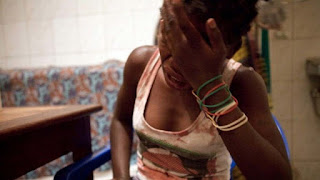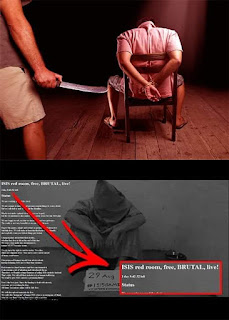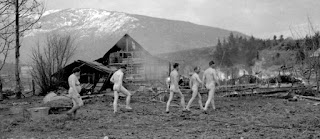AFRICAN SPIRITUALITY ...about the significance of scarification
AFRICAN SPIRITUALITY
...about the significance of scarification
Scarifying (also scarification modification) involves scratching, etching, burning / branding, or superficially cutting designs, pictures, or words into the skin as a permanent body modification. The body modification can take roughly 6–12 months to heal.
In the process of body scarification, scars are purposely formed by cutting or branding the skin by various methods (sometimes using further sequential aggravating wound-healing methods at timed intervals, like irritation).
Scarification, also known as cicatrisation, is a permanent body modification that transforms the texture and appearance of the surface of the skin (dermis).
In Africa, scarification has served as an important element of the culture of different groups. Scarification involves placing superficial incisions on the skin using stones, glass, knives, or other tools to create meaningful pictures, words, or designs.
This permanent body modification can communicate a plethora of cultural expressions. From Ethiopia to Papua New Guinea, scarification produces scars of different sizes, shapes, and positions to show clan identity, status within a community, passage into adulthood, or spiritual significance.
Facial scarification in West Africa was used for identification of ethnic groups, families, individuals but also to express beauty; scars were thought to beautify the body. It was also performed on girls to mark stages of life: puberty, marriage, etc.
These marks assisted in making women more attractive to men, as the scars were regarded as appealing to touch as well as to look at, but also as testimony that women could withstand the pain of childbirth.
In Nigeria the Hausas and Yoruba facial marks were worn to establish the lineage of the wearer as a form of identification and also for spiritual purposes.
The Hausa marks are generally called Zani and are categorized in different patterns which include the bille, a side stroke, kalangu, a side tattoo, pashin goshi, a straight stroke on the side, yam ba(i)ki which are lines of three to nine at the side of the mouth, among others.
Follow on Instagram @afri.canhistory
https://www.instagram.com/p/CO98XloHsig/?igshid=1pshx024vz5mp

























Comments
Post a Comment